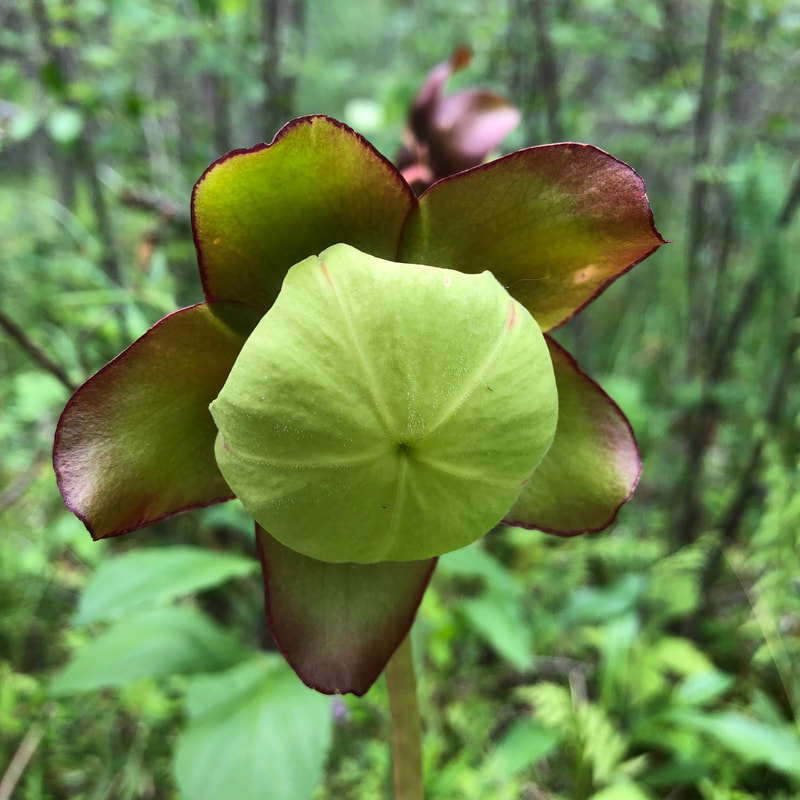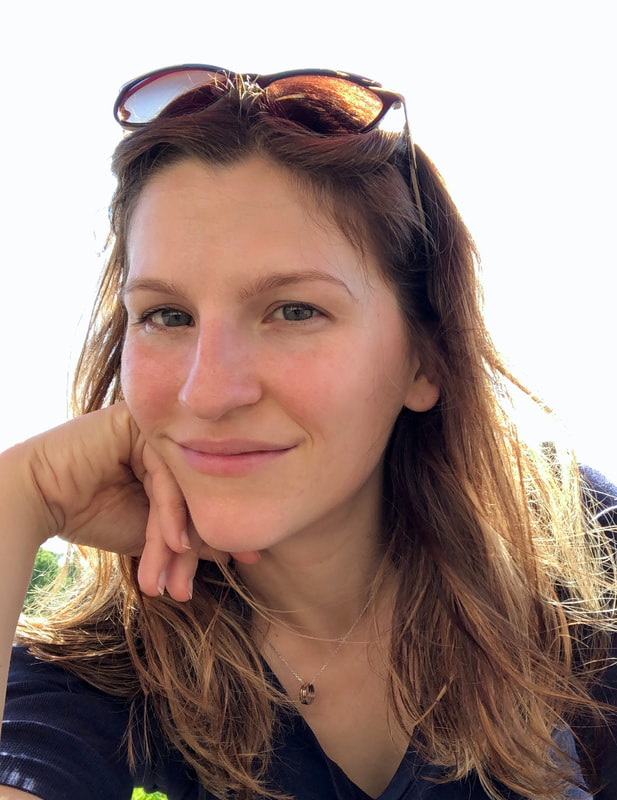ASSAY: A JOURNAL OF NONFICTION STUDIES
6.1
6.1
|
In the beginning of When Women Were Birds: Fifty-four Variations on Voice, Terry Tempest Williams’s mother, a week before her death, bequeaths to Williams her many journals. “I am leaving you all my journals,” her mother tells her. “But you must promise me that you will not look at them until after I am gone” (3). Williams promises to wait; one month later, after her mother has passed away, Williams retrieves the many journals and sits down to read through her mother’s life narrative. But when she opens the journals she discovers, to her shock, that every single one is blank (4). The remainder of the book is a personal and philosophic inquiry into what this act of keeping empty journals might have meant, and what implications it has for the concepts of voice and silence. Moreover, as a work of autobiographical creative nonfiction, it engages with these newly understood concepts and the revelation of the empty journals with an eye towards self-understanding. The journals act as both as a disruptor of Williams’s previous conceptions of herself, including her understanding of her own writing, her voice, and her silences, and as a catalyst for seeking self-knowledge. As she investigates meanings and concepts, Williams’ character becomes an inquirer, processor, transformer, and creator of knowledges. The investigative nature of her narrative is not merely a process of searching for knowledge, but an act of creating it.
This enactment of the subject as a knowledge-creator can be seen as a performance of epistemic agency through narrative means. In other words, the cumulative effect of the investigative nature of Williams’s text is that the narrating “I” (or the character of Williams) performs itself as an epistemic agent. Catherine Elgin defines an epistemic agent as someone who “make[s] the rules, devise[s] the method, and set[s] the standards” in order to actively shape their beliefs (135). Each of these aspects is demonstrated through various narrative techniques in When Women Were Birds—techniques that ultimately constitute a performance of the autobiographical subject. Current frameworks of autobiographical subjectivity as performative suggest that we examine the narrating “I” for how it envisions, performs, and represents the textual subject it narrates. Based on Judith Butler’s theory of gender performativity, autobiographical performativity was theorized early on by Sidonie Smith, who argues that “the interiority or self that is said to be prior to the autobiographical expression or reflection is an effect of autobiographical storytelling” (Smith 18 “Performativity”). In their comprehensive study of autobiographical theory, Sidonie Smith and Julia Watson further describe performativity as a theoretical term that designates “autobiographical occasions as dynamic sites for the performance of identities,” and as a framework that provides “a vocabulary for describing the complex relationship of regulatory discourses of identity to material bodies, as well as autobiographical agency” (214). In other words, the autobiographical subject is enacted through the telling of the story rather than existing prior to it; it is in the nuances of narration, including the interplay between the narrating and narrated “I’s,” where the subject performs its identity and thus, claims its agency. This latter connection of performativity to agency is a useful lens through which to understand how Williams accomplishes the presentation of the self as an epistemic agent. More broadly, it demonstrates how specific narrative techniques contribute to the construction of an agential autobiographical self. Williams constructs an epistemically agential self in When Women Were Birds through several methods, but two of the most significant—significant, in part, because they can be found across her body of work—are her use of theme and form. By the fourth page of When Women Were Birds, Williams has already delved into one of her most frequently explored themes: the possibilities within paradox. Her book begins with glaring paradoxes: Journals are meant to be written in, yet they are unwritten; her mother’s request urges Williams to read the journals, yet there is nothing to read. Her consideration of the paradox of the journals leads naturally into exploring the paradoxical nature of the idea that silence exists in voice and voice in silence. This thematic exploration is then accomplished through Williams’s signature lyric form. Williams’s writing has been called many things, including “a prose experiment,” “nontraditional,” “geographics,” and “literary journalism.” While each of these terms has its place, I use the term lyric form to describe her style and form as an extension of the idea of the lyric essay. In their pioneering work on the lyric essay, Deborah Tall and John D’Agata describe some traits of a lyric essay that also productively describe Williams’s prose: it “forsake[s] narrative line, discursive logic, and the art of persuasion,” “accretes by fragments, taking shape mosaically,” and “move[s] by association.” Mary Heather Noble adds that a lyric essay requires “more active reliance on the reader’s intuition to complete the narrator’s thought” and often uses “white space” as a way to shape the “associative leaps between language and imagery.” These are common elements of not only When Women Were Birds, but the majority of Williams’s body of work. More pertinently, examining her work through the framework of both her thematic explorations and her lyric form demonstrates how these specific formal elements contribute to the performance of the self as an epistemic agent.
|

